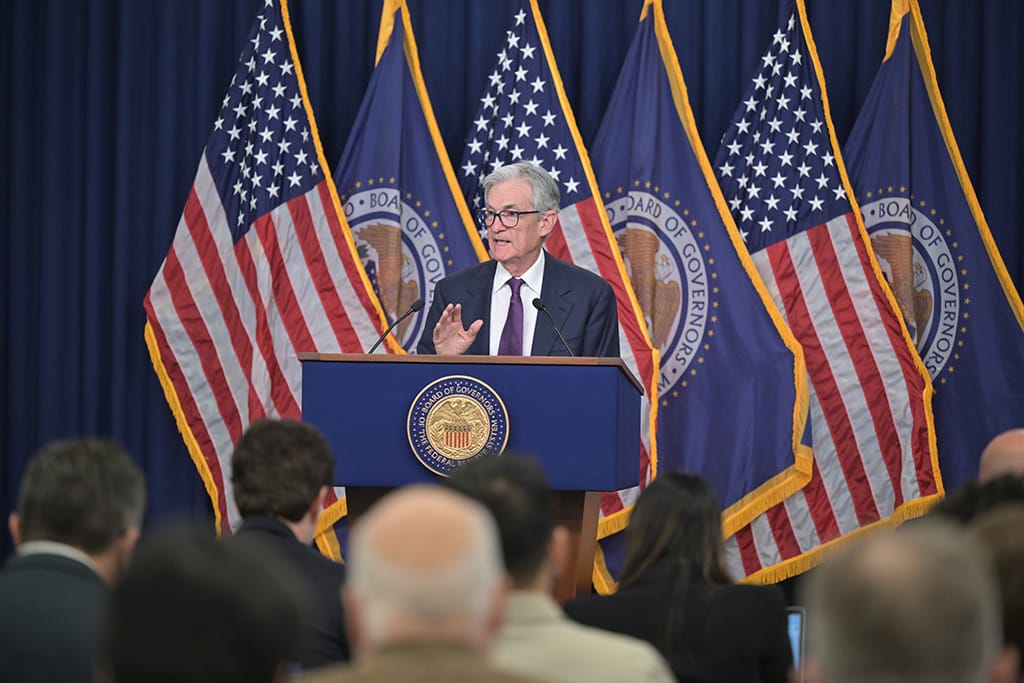

Overview of the Federal Reserve's December 2024 Policy Statement
The Federal Reserve's Federal Open Market Committee (FOMC) issued a significant policy statement in December 2024, marking the third consecutive reduction in the federal funds rate for the year. This decision reflects the ongoing efforts of the Fed to balance economic growth, employment, and inflation. Here is a high-level overview of the key points from the statement.
The Fed lowered the target range for the federal funds rate by 25 basis points to 4.25%-4.5%. This adjustment is part of the Fed's broader strategy to manage the economy's expansion while addressing inflation concerns. The decision also included a unanimous vote by the Board of Governors to lower the interest rate paid on reserve balances to 4.4%, effective December 19, 2024.
Economic Indicators and Outlook
Recent economic indicators suggest that economic activity has continued to expand at a solid pace. Despite some easing in labor market conditions, the unemployment rate remains low. Inflation, while still somewhat elevated, has made progress toward the Fed's 2% objective. The Committee judges that the risks to achieving its employment and inflation goals are roughly in balance.
The economic outlook is uncertain, and the Committee is attentive to risks on both sides of its dual mandate. The GDP growth forecasts were revised upward for 2024 and 2025, and inflation projections were adjusted higher for the same periods. This reflects the robust consumer spending and the labor market's resilience, with employers adding more jobs than anticipated in November.
Monetary Policy Implementation Details
The Fed's policy decision included several implementation details. The Open Market Desk at the Federal Reserve Bank of New York was directed to execute transactions to maintain the federal funds rate within the new target range. This includes conducting standing overnight repurchase agreement operations with a minimum bid rate of 4.5% and an aggregate operation limit of $500 billion, as well as standing overnight reverse repurchase agreement operations.
The Fed also decided to reinvest principal payments from its holdings of agency debt and agency mortgage-backed securities into Treasury securities, up to a cap of $35 billion per month, to roughly match the maturity composition of Treasury securities outstanding.
Interest Rate and Credit Implications
The reduction in the federal funds rate and the interest rate paid on reserve balances will have several implications for borrowing costs and credit. With the primary credit rate decreased to 4.5%, borrowing costs for banks and other financial institutions will be lower, potentially leading to increased lending and economic activity.
This rate cut is also expected to influence consumer and business borrowing, making loans slightly more affordable. However, the impact on long-term interest rates and the overall economy will depend on various factors, including global economic conditions and market responses.
Future Rate Cuts and Economic Projections
The Fed's dot plot indicates that policymakers anticipate just two rate cuts in 2025, totaling 50 basis points, which is a slower pace than previously projected. This adjustment reflects the Fed's ongoing assessment of economic data and the evolving outlook. The Committee will continue to carefully assess incoming data and the balance of risks in making future policy decisions.
Economic projections have been revised upward for GDP growth and inflation. The Fed now expects GDP growth to be 2.5% for 2024 and 2.1% for 2025, with inflation projections also adjusted higher. Core PCE inflation forecasts were raised for all three years, reflecting the current economic trends.
In Summary
The Federal Reserve's December 2024 policy statement marked a significant shift in monetary policy, reflecting the Fed's ongoing assessment of the economy. The decision to lower the federal funds rate and adjust economic forecasts highlights the Fed's commitment to achieving maximum employment and stabilizing inflation. As the economic outlook remains uncertain, the Committee will continue to monitor incoming data and adjust policy accordingly.
Dues are $12 per year. Member benefits:
✅ Ad-Free Website Viewing
✅ Advocacy for Republican Seniors
✅ 120+ Senior Discounts
✅ Member Only Newsletters